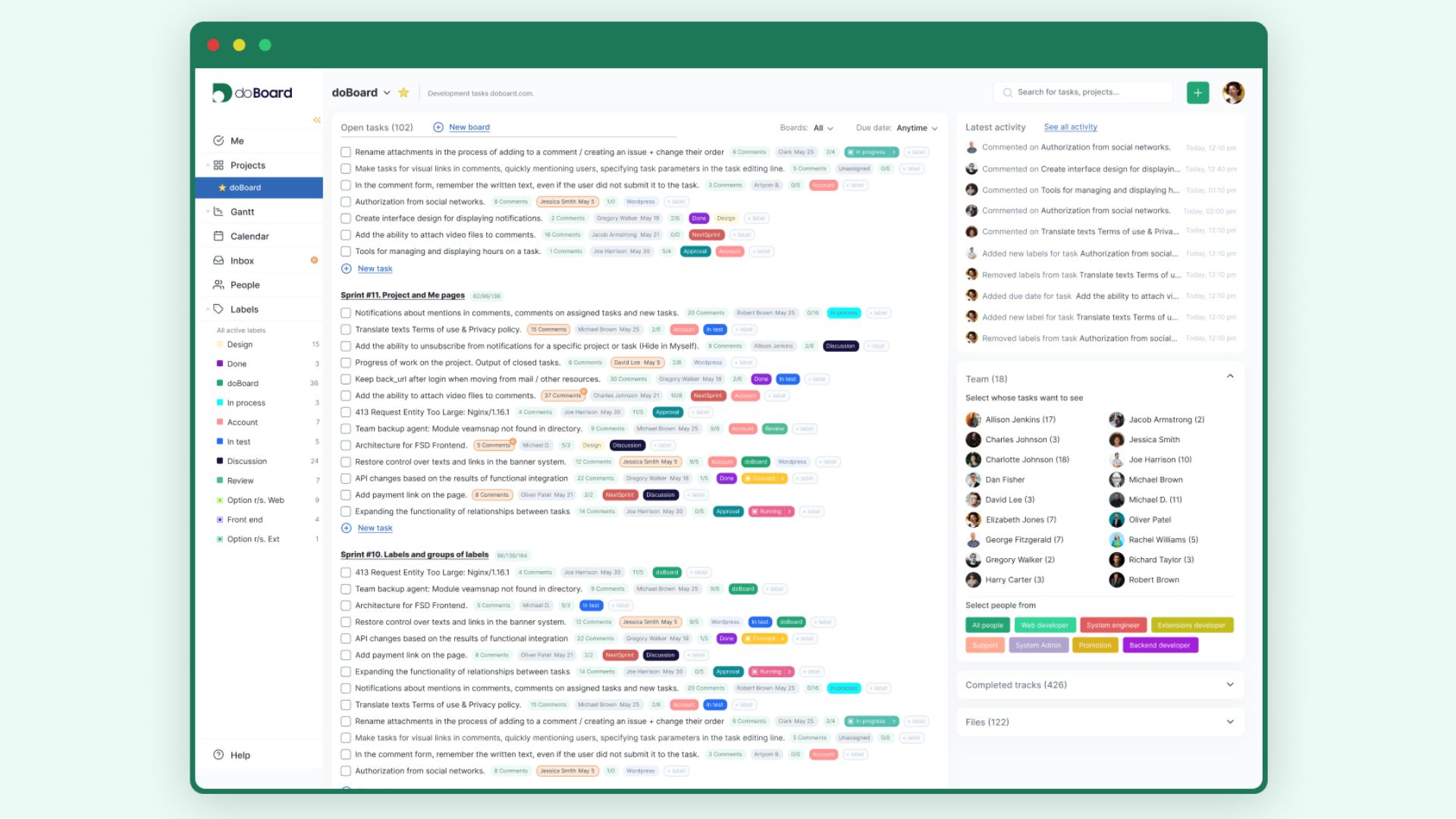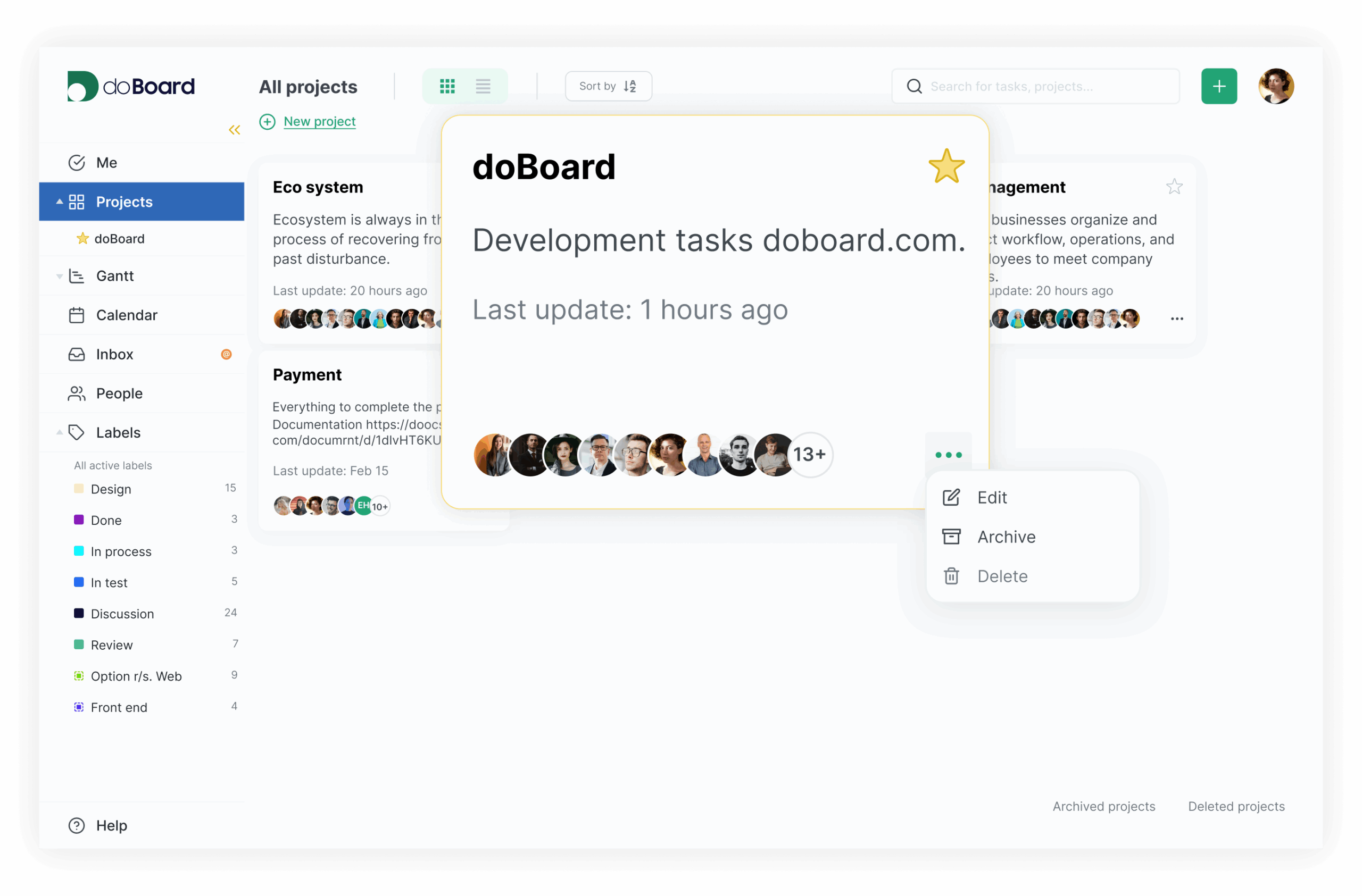“It Wasn’t Just Once”: Why We Finally Built Our Own System After Basecamp
CTO (Denis):
You know that cliché — “one day we realized something had to change”?
Yeah… not our story. It wasn’t one day. It was every day for about a year, watching tasks pile up, threads get messy, and wondering why we were still scrolling. I remember thinking, “This feels too small for what we’re building.”
CTO (Denis):
Btw, it was interesting to check out the product from the 37Signals blog authors. I found their articles engaging, and I had hope that Basecamp would work well for our team too. Minimalism immediately drew me in.
Head of Product (Alex):
We opened Basecamp 2.0, scrolled through threads, and thought: “maybe we just need to be more disciplined.” Spoiler alert — we didn’t. We needed structure, not discipline. By the 2–3rd month, Basecamp still felt like home — minimalistic, simple, clean. But the Timeline feature? Pretty… unused.
CTO (Denis):
Basecamp was perfect for five of us, one product, one dream. Minimalistic, clean, human. But once we hit 30+ people and 50 daily tasks, it started feeling like running sprints on sticky notes.
Head of Product (Alex):
Exactly. Tasks got lost, dependencies broke, and by the time QA got a feature, we’d already shipped something else. I kept telling the team, “We’re flying blind here.”
The Moment We Stopped Pretending It Was “Fine”
CTO (Denis):
The fifth “who’s doing this?” comment in the same thread — that was the straw.
Head of Product (Alex):
No, the real moment was when we built a Google Sheet just to track what was already in Basecamp. That was our “Houston, we have a process problem” moment. I remember saying, “We literally need a new way to organize our work — this is ridiculous.”
CTO (Denis):
We tried patches — custom labels, Zapier automations, even color-coded emojis. And yes… once you’re using emojis to manage sprints, it’s officially time to admit defeat.
Head of Product (Alex):
That’s when it hit us — maybe we don’t just need another tool. Maybe we need our own, built for how we actually work.
No, Seriously. We Can Do This.
CTO (Denis):
At first, building our own project manager sounded ridiculous. “We’re developers, not Atlassian,” I kept thinking.
Head of Product (Alex):
Yeah, but… we build things. So why not this?
CTO (Denis):
And so doBoard started — not out of frustration, but out of conviction. We didn’t want a tool for managing people. We wanted one that could handle complexity without managing us back.

What We Wanted to Fix
Head of Product (Alex):
Basecamp made communication easy, but connections invisible. We’d discuss a task, but never see how it affected the rest of the sprint. I told the team: “We’re flying blind here. We need to see the dependencies.”
CTO (Denis):
Transparency. Who’s blocked? What depends on what? What’s next? Without Jira-style bureaucracy.
Head of Product (Alex):
And integrations. Our process starts with a commit, not a chat message. I said, “We need our tools to talk to our code, not just to each other.”
CTO (Denis):
doBoard syncs with GitHub, visualizes workflow — issues, PRs, reviews — in real time. It’s not “another dashboard.” It’s your codebase talking back to you.
Transitioning Teams and Projects
Head of Product (Alex):
We didn’t switch everything at once. Some teams moved first — projects they mainly owned. Others stayed in Basecamp for a while.
Head of Product (Alex):
New tasks went straight to doBoard. Old tasks migrated gradually, with deadlines in Basecamp to push the team to finish the move. I remember explaining: “From this date on, Basecamp is read-only. Anything new? Only doBoard.” It worked surprisingly well.
Head of Product (Alex):
First isolated teams, then bigger cross-team projects. Minimalism was key — interface needed maximum info on one screen. Privacy first, efficiency everywhere.
Head of Product (Alex):
Exactly. And our goal was clear: making task documentation faster than Basecamp, keeping maximum content on one screen while respecting modern tech and privacy.

What Changed After the Switch
Head of Product (Alex):
Meetings got shorter.
Sprints cleaner.
No more “where’s that doc?” panic.
CTO (Denis):
Everything in one place — structured, automated, connected. doBoard replaced noise, not just Basecamp.
Head of Product (Alex):
We’re not saying every team should abandon Basecamp. If you’re five people, it’s still gold. But microservices, parallel dev, cross-timezone QA? You need something that scales.
A Bit of Irony
Head of Product (Alex):
Funny thing — we still keep the old Basecamp account active.
CTO (Denis):
Yeah — nostalgia. And invoices.
Head of Product (Alex):
Every product team needs a reminder of where they started… and what they’ll never go back to.
The Takeaway
CTO (Denis):
We didn’t build doBoard because Basecamp failed. We built it because it inspired us — to scale smarter, keep human simplicity, and add engineering depth.
Head of Product (Alex):
It’s not about tools. It’s about control — over your time, your tasks, your sanity.
CTO (Denis):
Lesson: don’t wait for “one day.” If you feel friction, you already know the answer.
Try doBoard — where structure meets sanity.
- Why We Moved from Basecamp to doBoard: A Conversation Between Two Managers - November 6, 2025
- WordPress Website Maintenance Checklist - September 29, 2025
- Editorial Calendar for SEO: Plan Content Strategy Smarter - September 28, 2025